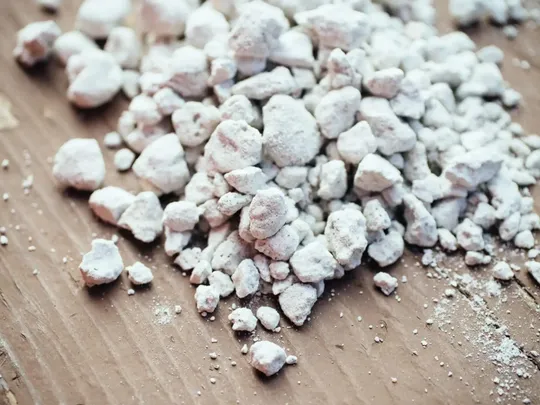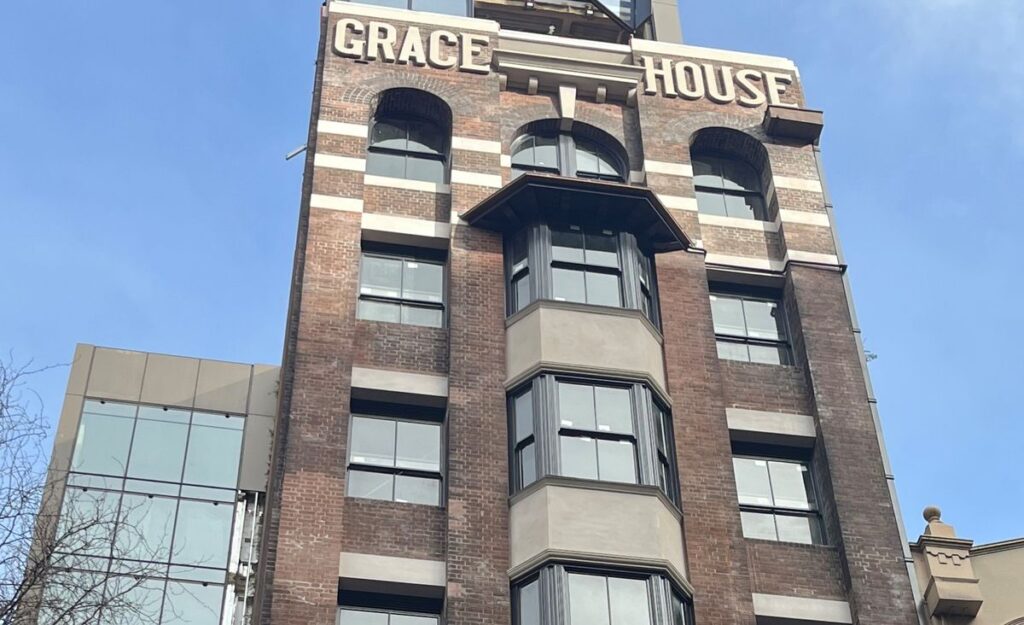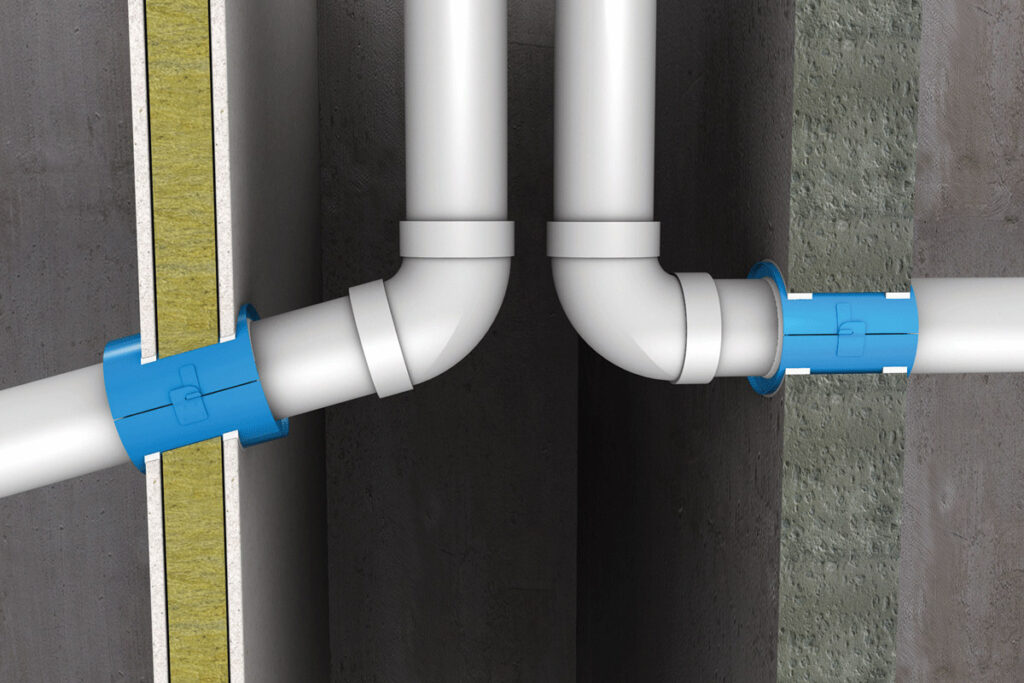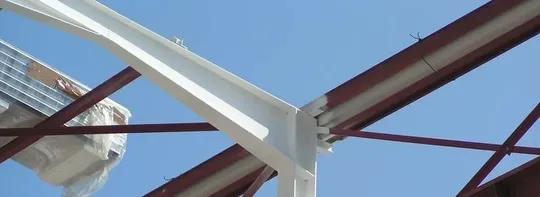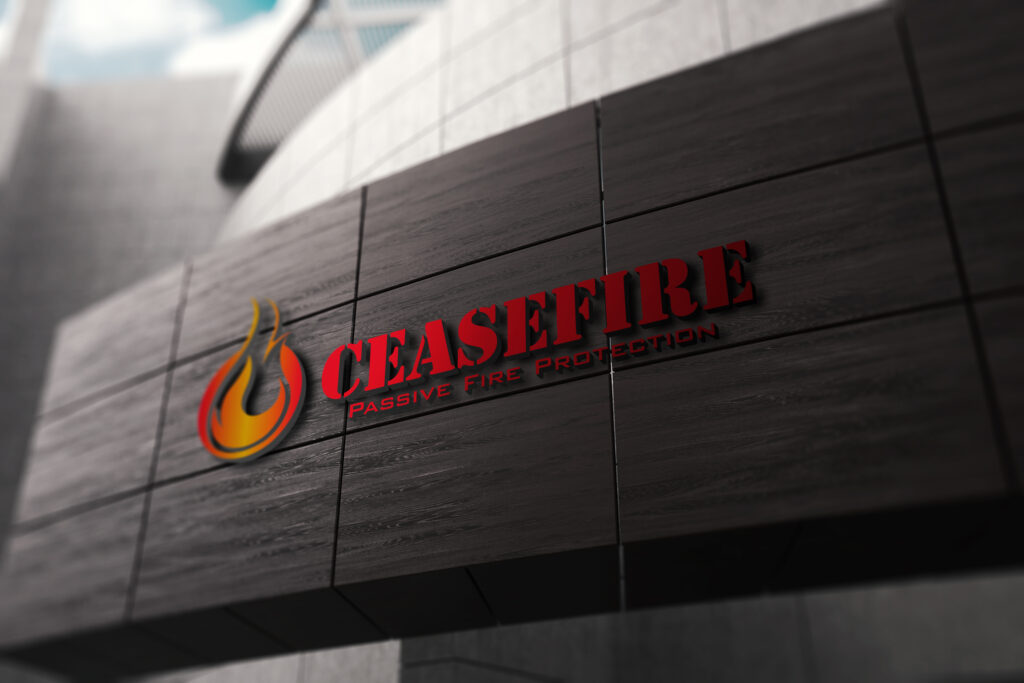
What is Perlite?
Perlite, just like its relative vermiculite, is also mined and expands significantly during extreme thermal exposure. However, perlite is usually white and is a volcanic glass that forms from the hydration of obsidian. It is mined in the USA, Turkey, Greece, China, India, and Brazil.Whereas vermiculite is quite soft, perlite is usually harder and for this reason does not retain water and moisture in the same way that vermiculite does.
Which one is better for fire protection? Vermiculite vs Perlite
Both perlite and vermiculite have been used in passive fire protection systems for decades and share many of the same exceptional properties being insulating, lightweight and fireproof. It is the performance of the actual system that matters in the event of a fire, and this is determined by relevant test reports and assessments.
Do the products Ceasefire use include Vermiculite or Perlite?
Yes, as recognised installers of passive fire protection systems we utilize products that include vermiculite and perlite. For example, Cafco 300 includes vermiculite, quartz, and gypsum plaster.

Are they hazardous to health?
None of the systems we employ are classified as hazardous according to SafeWork Australia criteria, with the exception of certain cementitious products. A Safety Data Sheet can be provided for everything we use.
Contrary to popular rumour, vermiculite and perlite on their own do not contain any asbestos whatsoever. Certain mine sites operating in the twentieth century were found to be contaminated with asbestos and their operation ceased by the 1990s. Mines throughout the world are now regularly tested and inspected for asbestos.
What systems commonly include Vermiculite or Perlite?
Vermiculite and perlite are typically used in spray-applied fireproofing products where it is mixed with gypsum or portland cement. Aside from that, it is a major ingredient in fireproof board, doors, and safes.
Outside of the fire protection and construction industry, vermiculite and perlite are well-known for their use in gardening and agriculture. More recently, it has been used in cosmetic and exfoliant products, filtration devices, and biotechnology.
How can I know if something contains Vermiculite or Perlite?
Please contact Ceasefire or the manufacturer for the material safety data sheets. We are more than happy to assist you in gaining information about the systems we use and the products we install.

